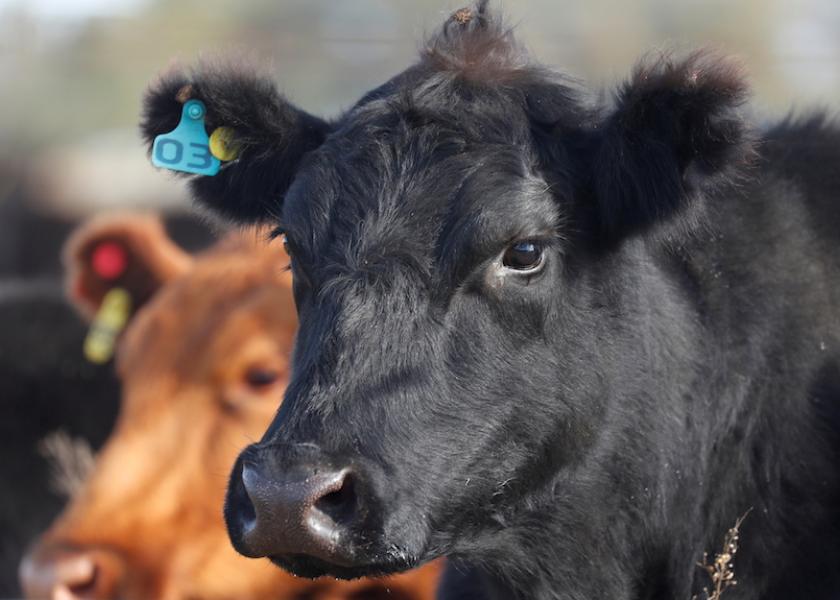A new resource developed by the National Cattlemen’s Beef Association and CattleFax helps cattle producers maximize profitability from their culling decisions. “Right Way. Right Time. – A Guide to Cull Cattle Management” is now available at www.ncba.org/producers.
“The purpose of this guide is to draw the producer’s attention to quality defects that affect the value of cull cows and bulls when they go to market,” said Jesse Fulton, director of the Nebraska Beef Quality Assurance Program.
With effective planning, cull cattle can be a significant source of revenue and should not be overlooked. In essence, cull cattle are market cattle. This new document addresses key problem areas, provides strategies for making timely culling decisions to prioritize animal welfare, and is designed to help producers capture more value through effective management regarding cull cattle.
“Buyers are looking and bid accordingly based on cull animal condition and present defects,” Fulton said. “Through timely marketing, before the condition of the animal deteriorates or the onset of defects, producers can get the most value for their cull animals.”
For cattle producers across the country, whether beef or dairy, cull cattle are part of doing business. Animals age, they no longer breed back, and their health deteriorates. Incorporating culling decisions into an operation’s best management practices benefits both animal welfare as well as the producer’s bottom line.
“While the value of the animal is top of mind, we also want to draw attention to the welfare of cull animals,” said Fulton. “These animals have helped pay the bills during their time on the operation. Producers owe it to the animal to ensure their welfare as they make their way into the beef supply chain.”
According to the 2022 National Beef Quality Audit, the market cow and bull sector provides an alternative product and a secondary value to animals once their original purpose is no longer suitable. When it comes to product fabrication, market cows and bulls are typically associated with ground beef production. However, over time, the industry has realized that some market cows and bulls have the potential to yield valuable primals to be fabricated and sold as retail cuts and to the restaurant trade.
For more information or to access the resource online, visit www.ncba.org/producers.
SOURCE: Drovers, By Jesse Fulton – Nebraska BQA March 27, 2024








